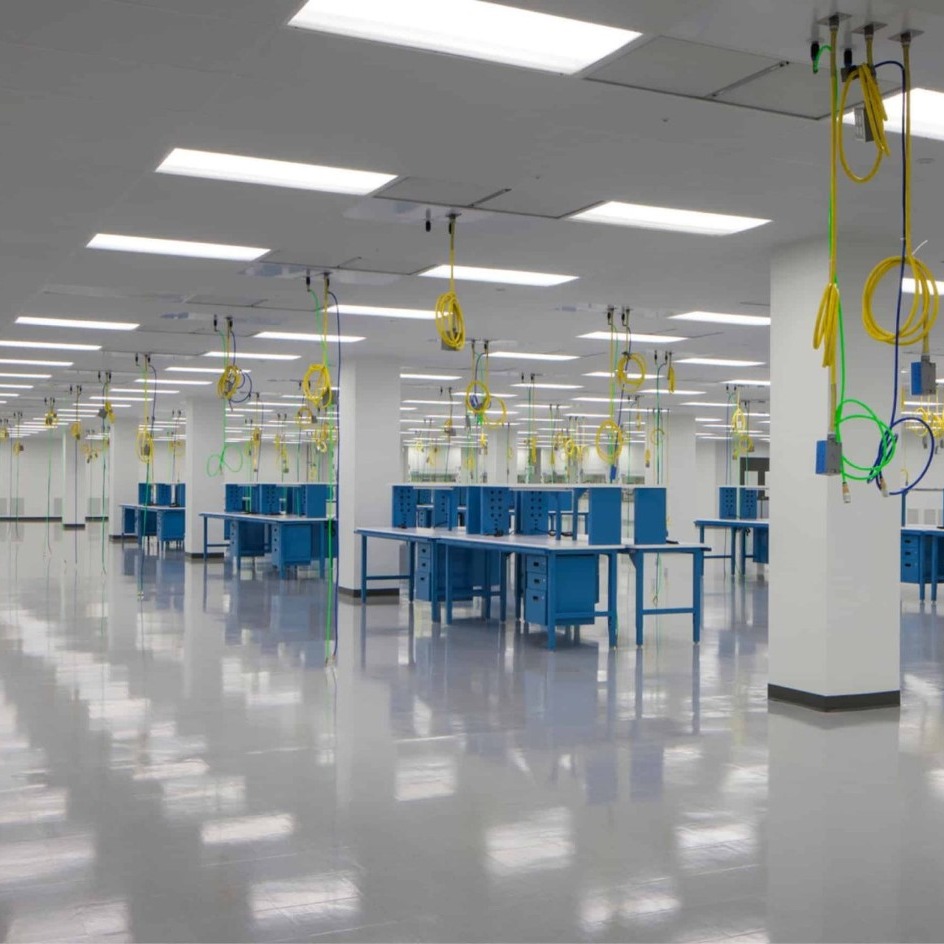
The Architectural Intricacies of Industrial Buildings
Industrial buildings for manufacturing are the backbone of the production sector, playing a crucial role in the economy. These structures are designed to accommodate various manufacturing processes, from heavy machinery operations to assembly lines. In this blog, we will explore the essential components, design considerations, and modern trends in industrial buildings for manufacturing.
Key Components of Industrial Buildings for Manufacturing
1. Structural Integrity: Industrial buildings must have a robust structure to support heavy machinery, equipment, and the dynamic loads generated during manufacturing processes. Steel frames and reinforced concrete are commonly used materials to ensure durability and strength.
2. Flooring: The flooring in industrial buildings is designed to withstand heavy loads, resist abrasion, and provide a safe working environment. Epoxy coatings and concrete with high tensile strength are often used to enhance the floor’s durability.
3. Ventilation and Lighting: Proper ventilation is crucial to maintain air quality and remove any hazardous fumes. Natural and artificial lighting are strategically installed to ensure optimal visibility and energy efficiency.
4. Safety Features: Industrial buildings are equipped with fire suppression systems, emergency exits, and safety signage to ensure the well-being of workers and comply with regulations.
Design Considerations for Optimal Functionality
1. Space Planning: The layout of an industrial building is carefully planned to optimize workflow and accommodate machinery and equipment. Ample space for storage and logistics is also considered.
2. Energy Efficiency: With the growing emphasis on sustainability, industrial buildings are designed to be energy-efficient, incorporating insulation, energy-efficient lighting, and renewable energy sources.
3. Flexibility: The design often allows for flexibility and scalability, enabling the building to adapt to changing manufacturing needs and technologies.
Modern Trends in Industrial Building Design
1. Sustainability: There is a growing trend towards sustainable design in industrial buildings, incorporating green roofs, solar panels, and rainwater harvesting systems.
2. Smart Technology: The integration of smart technology, such as IoT sensors and automation systems, is becoming more prevalent, enhancing efficiency and productivity.
3. Modular Construction: Modular construction is gaining popularity in industrial building design, allowing for faster construction times and reduced waste.
In conclusion, industrial buildings for manufacturing are complex structures that require careful consideration of various factors to ensure efficiency, safety, and sustainability. As the manufacturing industry continues to evolve, so too will the design and functionality of these essential buildings.
